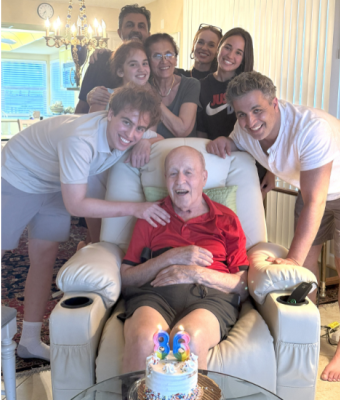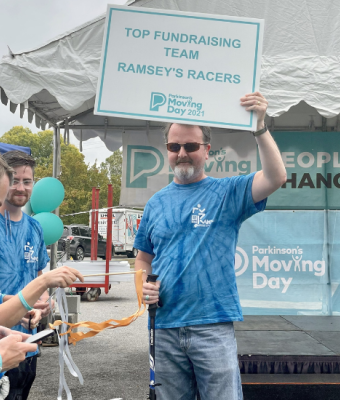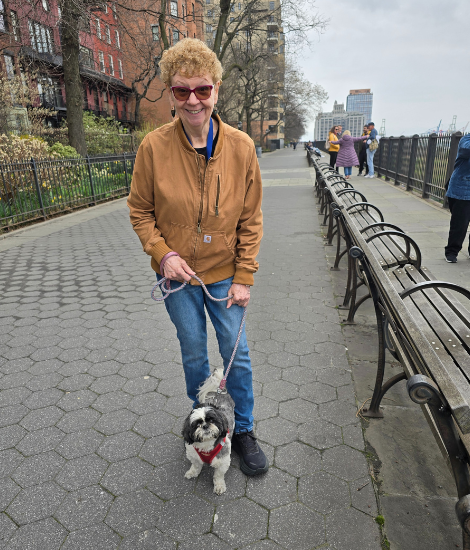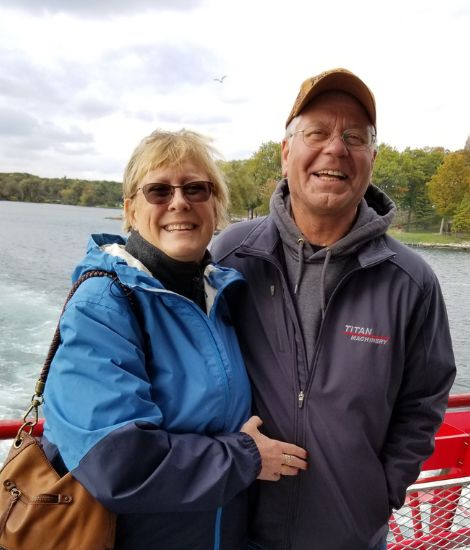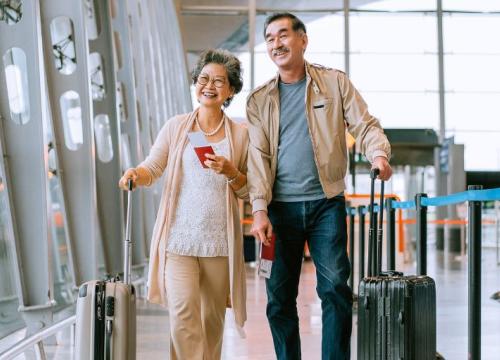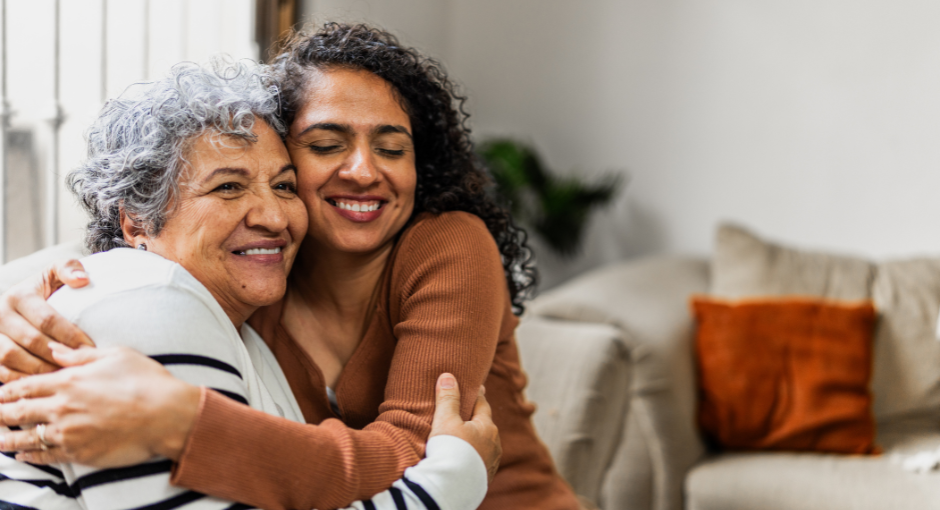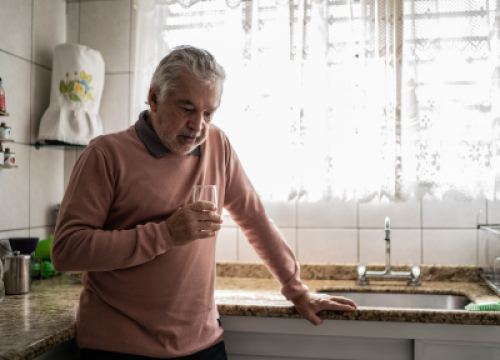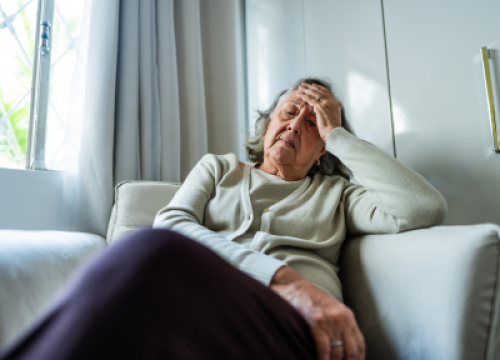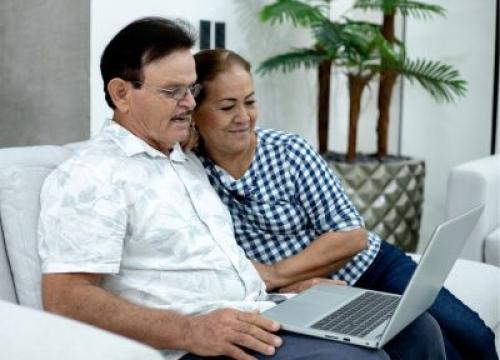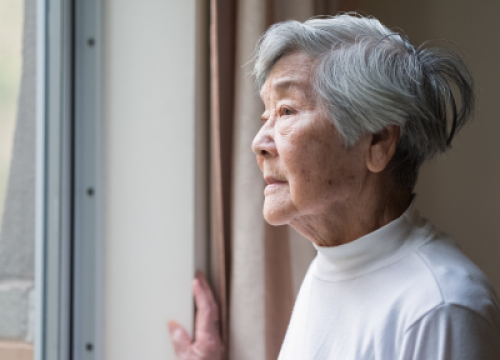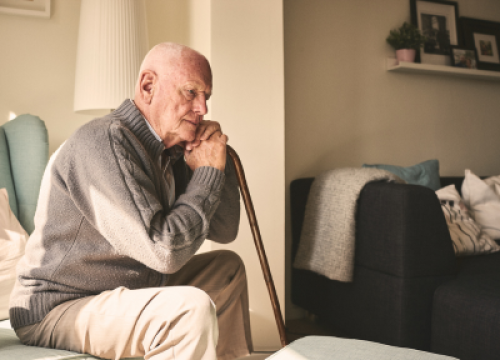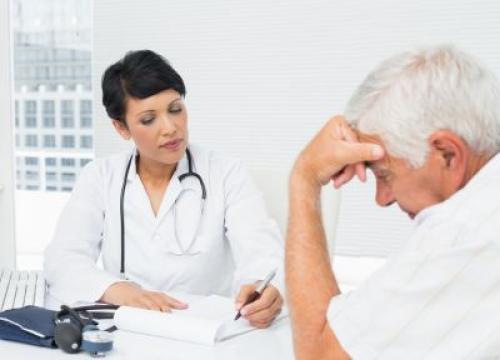Originally, a proud Appalachian from Elizabeth, WV, I was officially diagnosed with Parkinson’s disease (PD) in 2018 after more than a decade of fairly mild symptoms beginning with a slight tremor in my hand. Unfortunately, by 2018 my Parkinson’s was getting markedly and quickly worse.
Fortunately, at this time, I lived in Tucson, AZ, which is home to world-class treatment for people with Parkinson’s. Over the years, I have learned much about living a fruitful, productive and happy life with Parkinson's while my disease continues to advance — natural behavior for the incurable, progressive, neurodegenerative disease of the brain and central nervous system.
After more than 20 years, Parkinson’s had become a great challenge in executing the many aspects of my career as a college president, researcher and a national leader of higher education reform. I transitioned from academic leadership shifting my focus on a purpose-driven mission of helping make lives better for people with Parkinson’s and their care partners, educating and bringing awareness to others about Parkinson's, and advocating to members of Congress for the passage of National Plan to End Parkinson’s Act and other related bills.
I have a doctorate and am a graduate of West Virginia University, School of Medicine and West Virginia University, College of Human Services and Education. I also attended, among other institutions, Marshall University, University of Louisville and West Virginia College of Graduate Studies.
I served 22 years as a medical examiner and 20 years in higher education, as a professor, dean, vice president, president, academic researcher, theorist, and author.
After 18 years (13 without medication) living and challenging my Parkinson's journey each day, I accepted early retirement in 2023 concluding my career as a liaison for The White House Rural Stakeholders Initiative.
I continue to volunteer, to the best of my ability, with Advanced Stage 5 Parkinson’s Disease and advocate for a range of bills, including bills to support the national Congressional education agenda, needs for American’s rural communities and Appalachia, equity for women and girls in traditionally male dominated science careers, the rights of the LGBT and other marginalized communities, and issues surrounding Parkinson’s.
Unfortunately, I am too familiar with Parkinson's with my mother, five of her siblings, and her father all also having the disease.
Living well with Parkinson’s means continuing to volunteer, spending time with family and friends, and adapting to whatever challenges come my way. For me, living well meant to continue guiding and mentoring others to learn to live their Parkinson’s journey well too. It requires that we acknowledge that we have Parkinson’s without letting it have us. This belief is why I decided to serve in leadership and advocacy roles and leave my footprint stomping out the disease.
I became an Ambassador for the Parkinson's Foundation and the Davis Phinney Foundation for Parkinson's, and continue my advocacy before Congress and participate in research with the Michael J. Fox Foundation for Parkinson's Research.
I want to model living well for others and to show, motivate, and encourage others to do the same. Now retired, you will likely find me spending time with my wife, a Parkinson’s expert and my care partner, two children and four grandchildren. I will also be found collaborating in research. I love learning, encouraging others to mentor, learn and build successful and fulfilling lives while enriching the community, and Congressional advocacy on behalf of for The Episcopal Church and AARP.
Become an Ambassador today and help people with Parkinson’s! Learn more about our volunteer opportunities and complete the volunteer interest form. We’ll contact you to learn more about your skills and interests.


